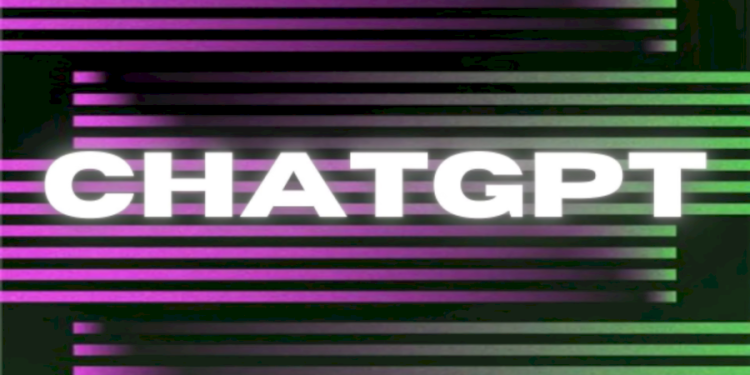People have been drawn to the generative AI chatbot ChatGPT because of its capacity to provide detailed answers to queries regardless of data constraints. With the arrival of GPT-4, it has now accomplished a significant new step in the race towards the future of artificial intelligence.
GPT-4 is anticipated to include new features like multimodality video processing and the capacity to produce AI-generated videos from text prompts, in contrast to ChatGPT and other GPT-3.5 powered products. While GPT-4 can accept visual inputs to identify things in a photo, GPT 3.5 only accepts text-based prompts. GPT 3.5 can only provide responses of up to 3000 words, however GPT-4 can produce responses of up to 25,000 words. GPT-4 is described as “multimodal” by OpenAI since it can produce content from both text and graphics. When compared to ChatGPT, GPT-4 is rumored to be more accurate, inventive, and capable of problem-solving.
Sam Altman, the CEO of OpenAI, claims that GPT-4 is the company’s “most capable and aligned” model to date. “This is GPT-4, our most advanced and synchronized model to date. It is now accessible through ChatGPT+ and our API (with a queue).
With these breakthroughs, people have been speculating about whether AI will be able to perform tasks that humans can. The chatbot itself has something to say, even though the response is still unclear. A Twitter user asked the new GPT-4 if it could perform human tasks, and the chatbot responded by listing 20 tasks and the human characteristics required to complete them.
- data input clerk with good accuracy and speed
- customer service agent with empathy and communication skills
- proofreader who pays close attention to detail
- Paralegal with organizational and research skills
- a bookkeeper with aptitude for mathematics
- linguist with translation experience
- creative and talented copywriter
- analyst for market research with analytical abilities
- Social media manager who both curates and creates content.
- scheduler for appointments with time management
- Telemarketer with communication and persuasion skills
- Virtual assistant with organizational and multitasking skills
- transcriptionist with aptitude for typing and listening
- Reporter for the news with writing and fact-checking abilities
- Planning and coordinating travel agent
- A knowledgeable and engaging tutor
- Technical support analyst with aptitude for problem-solving and troubleshooting.
- Email marketer who can target and write.
- a knowledgeable content moderator with sound judgement
- Recruiter conducting interviews and evaluations.
- The strengths and weaknesses of GPT-4
90% of humanity have already been defeated by GPT-4 in the most difficult exam ever. It obtained 90% on the bar exam and 88% on the LSAT. Greg Brockman, president of OpenAI, gave a demonstration of how GPT-3 could be used to help individuals compute their taxes, which is one of the most significant use cases. The demonstration showed that could take an image of a hand-drawn mock-up for a straightforward website and turn it into a functioning one. Be My Eyes, an app that supports people with visual impairments, reportedly offers a virtual volunteer tool powered by GPT-4. Another key characteristic of GPT-4 is its proficiency in low-resource languages, such as Swahili, Welsh, and Latvian.
Since that GPT-4 has a limited set of capabilities compared to its earlier iterations, OpenAI commented on these shortcomings. In many situations in real life, they claimed, it is less capable than people. It is nonetheless faulty, limiting, and appears more remarkable upon initial use than it does after more extensive use, according to Sam Altman. Also, it is devoid of details regarding what transpired after September 2021, when the data was cut off. For many models, including GPT-4, they claimed that erroneous answers like “hallucinations” have been a problem.
The goal of these AI models is to decrease labor costs and boost output, therefore more powerful versions like GPT-4 will greatly benefit humans. Despite the drawbacks, we can categorically state that GPT-4 represents a crucial turning point for OpenAI in their mission to scale up deep learning.









